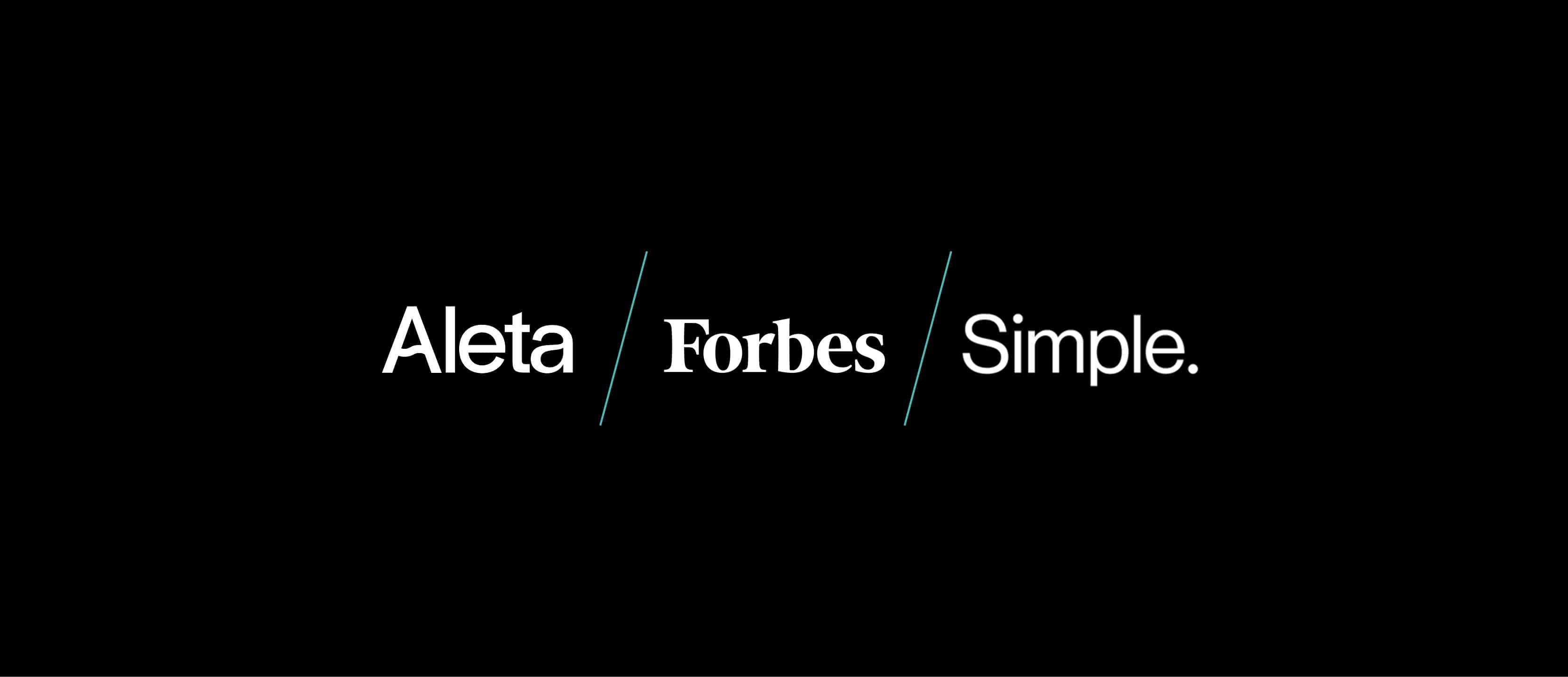Regulation and Compliance in Family Offices
Explore how family offices can navigate complex regulations across jurisdictions with clear governance, coordinated reporting, and resilient compliance frameworks.
Oct 02, 2025
Family offices
UBS reports that legal and compliance costs account for 10% of family office operating expenses, a figure that is likely to increase in the coming years.
Not long ago, family offices could operate quietly – discreet, personalized, and largely untouched by regulators. That world has changed. In 2025, the regulatory spotlight has shifted decisively onto private capital structures, and family offices are no exception.
Regulators worldwide have moved to a “prove you have nothing to hide” approach.
From the U.S. Corporate Transparency Act to the EU’s DAC6 rules, global regulators now assume wealth that isn’t reported is suspect. That assumption has legal teeth. Over 120 jurisdictions now automatically exchange financial account data under the OECD’s Common Reporting Standard (CRS). Over 120 million accounts are now automatically reported each year under CRS, totaling nearly €12 trillion in assets (OECD).
Next-gen heirs and principals are accelerating this shift. They expect transparent reporting, ESG-aligned governance, and full legal compliance – not as constraints, but as part of how modern wealth is preserved and protected.
Compliance is becoming a strategic lever for preserving reputation, managing risk, and ensuring that wealth planning aligns with the future – not just the past.
Jurisdictions Matter More Than Ever
It’s one thing to be compliant. It’s another to stay compliant across five jurisdictions with conflicting rules and overlapping disclosure demands. A structure that satisfies the UK’s Trust Registration Service may still raise red flags under Singapore’s MAS or the U.S. Corporate Transparency Act. And regulators are comparing notes.
Reporting rules now assume consistency across jurisdictions – mismatches are no longer treated as oversight. The declared beneficial owners in one country must match the tax data in another. Trustees must understand what’s been disclosed in the name of a related entity on the other side of the world.
This patchwork leaves little room for improvisation. Family offices need a coordinated map of who reports what, where, and why – and they need legal and compliance partners who understand the subtle differences between regimes.
Compliance frameworks today are less about procedure and more about defending the integrity of the family office structure when tested.
Governance and Visibility as Pillars of Compliance in Family Offices
Family offices rarely lack expertise. What they often lack is a clear line of sight. When compliance responsibilities are spread across advisors, jurisdictions, and internal teams, coordination breaks down, and gaps emerge.
A structure may appear compliant, yet regulators and courts now look deeper. They want to see who made the decision, how it was documented, and whether that decision reflects legal intent.
These expectations apply during audits, investigations, and in litigation. Without documentation, even technically compliant actions can create exposure.
Governance gives those answers form. Not just in policies, but in workflows: who verifies disclosures, how information is shared, where decisions are recorded. These mechanisms are what allow a family office to respond coherently when rules shift, or scrutiny increases.
Without them, even the best advisory network can become a liability. With them, complexity becomes navigable.
Key Compliance Domains Every Family Office Must Master
The regulatory scope facing family offices is no longer limited to banking relationships or tax filings. Today, oversight stretches across ownership structures, data flows, cross-border transactions, and investment governance. It’s not enough to monitor these areas in isolation – they form a compliance ecosystem that regulators now expect to be coherent.
Beneficial Ownership Transparency
Disclosure rules have expanded dramatically. Registers in the UK, EU, US, UAE and elsewhere now require named individuals behind trusts, holding companies, and special purpose vehicles. These filings are being cross-checked across borders, and inconsistencies are treated as red flags.
Tax Reporting and Cross-Border Disclosure
Initiatives like FATCA, CRS, and DAC6 have transformed reporting from a local obligation into a global mapping exercise. Family offices are expected to anticipate how one jurisdiction’s report interacts with another’s, and to maintain records that clearly show tax residency, economic substance, and the purpose of each structure.
AML, KYC and Sanctions Screening
Even offices that aren’t directly regulated are being drawn into enforcement through advisors, custodians, and counterparties.
Engaging politically exposed persons (PEPs), using nominee arrangements, or investing in crypto and art increases the burden of due diligence. Regulators expect offices to maintain internal policies, not just rely on banks to do the screening.
Data Privacy and Cybersecurity
Family offices hold some of the most sensitive personal and financial information in the world.
Privacy laws in California, the EU, Singapore and elsewhere now impose detailed obligations around access, breach response, and cross-border data transfer. A single vulnerability can lead to fines, legal exposure, and reputational fallout.
Fiduciary Duty and ESG Alignment
As offices formalize governance, they are increasingly seen – and judged – as fiduciaries. This means policies must reflect not only financial prudence, but ethical responsibility. ESG criteria, succession planning, and intergenerational equity are no longer soft topics. They’re becoming compliance considerations in their own right.
Building a Compliance Culture in Modern Family Offices
Effective compliance doesn’t rely on policies alone. It takes root when responsibilities are visible, routines are embedded, and decisions are documented without hesitation.
In many family offices, compliance is split across advisors, departments, and jurisdictions. Without that structure, even experienced teams find it difficult to maintain consistency across jurisdictions and reporting regimes.
Documented roles and workflows reduce friction. They make it easier to respond when questions arise, and harder for tasks to fall through the cracks. Over time, this becomes self-reinforcing. When people know what to expect, they tend to act early.
Training supports the process. Staff and principals who understand the logic behind compliance decisions are better equipped to apply judgment, flag anomalies, and follow through when details shift.
In most offices, culture follows from what’s visible, repeatable, and embedded in daily operations.
Evolving Legal Exposure and Risk for Family Offices
Regulatory pressure is evolving at a pace that challenges long-established structures. Many offices still operate with frameworks designed in an era when scrutiny was lighter and expectations were narrower.
Disclosure rules have expanded in scope and coordination. Beneficial ownership registers now interact across jurisdictions, and mismatched filings increasingly lead to audits or inquiries. Enforcement bodies are sharing data more routinely, which raises the stakes for offices managing cross-border entities or layered structures.
Legal accountability has deepened in parallel. Courts often examine not just the legality of a structure, but how decisions were made, who signed off, and whether the governance procedures match the documented intent. These expectations apply even where the entity itself is not directly regulated.
Risk carriers are watching this trend closely. Underwriters reviewing family office liability increasingly look for formal governance protocols, written controls, and periodic reviews. Disclosures alone are no longer sufficient to secure trust or coverage.
The offices that adjust their compliance practices regularly tend to spot structural friction early and manage change without disruption.
What a Resilient Compliance Framework Looks Like
No two family offices face the same set of exposures. The nature of their structures, the jurisdictions involved, and the roles played by advisors all influence the regulatory profile. Yet certain elements appear consistently in offices that maintain regulatory resilience over time.
Clear documentation sets the foundation.
Governance manuals, reporting checklists, data flow maps, and advisor protocols make compliance traceable. These tools reduce dependence on individual memory and create a basis for review if questions arise.
Internal accountability reinforces that foundation.
Whether through a designated compliance lead, a formalized review process, or recurring touchpoints with external counsel, structured follow-up helps keep standards aligned across teams and time zones.
Education supports continuity.
Family members, executives, and staff benefit from knowing how their decisions intersect with regulation. Training creates familiarity, and familiarity reduces risk.
Technology completes the framework.
Platforms that centralize tasks, standardize documentation, and track obligations help lean teams reduce blind spots. They provide operational clarity and make it easier to scale compliance as complexity grows.
A strong compliance setup is rarely noticed in the moment. Its value becomes clear when conditions change, and the structure holds.
FAQ
You might also like these reads

The Aleta API & MCP: Building a Future-Proof Tech Stack – Q&A with CEO Nordics, Anders Viskum
Discover how Aleta’s API and MCP give family offices secure, real-time data access, automation capability, and full flexibility to build a future-proof tech stack.
Dec 03, 2025
AI,
Family offices

Open vs. Closed Architecture: Why Future-Ready Family Offices Choose Aleta
Discover why open architecture is the future of wealth reporting. Learn how Aleta’s API future-proofs family offices with flexible, accurate data access.
Nov 26, 2025
Family offices

Aleta Featured in Forbes 2025: Inside the Top Data Consolidation & Wealth Reporting Platforms
Forbes spotlights Aleta in Simple’s 2025 tech report for its leadership in data consolidation and wealth reporting for family offices.
Nov 20, 2025
Family offices,
Aleta news
A next-generation wealth platform for forward-thinking family offices
335 Madison Avenue, NY-10017, USA Ingerslevs Boulevard 3, 8000 Aarhus, DK CVR: 43 67 16 85

